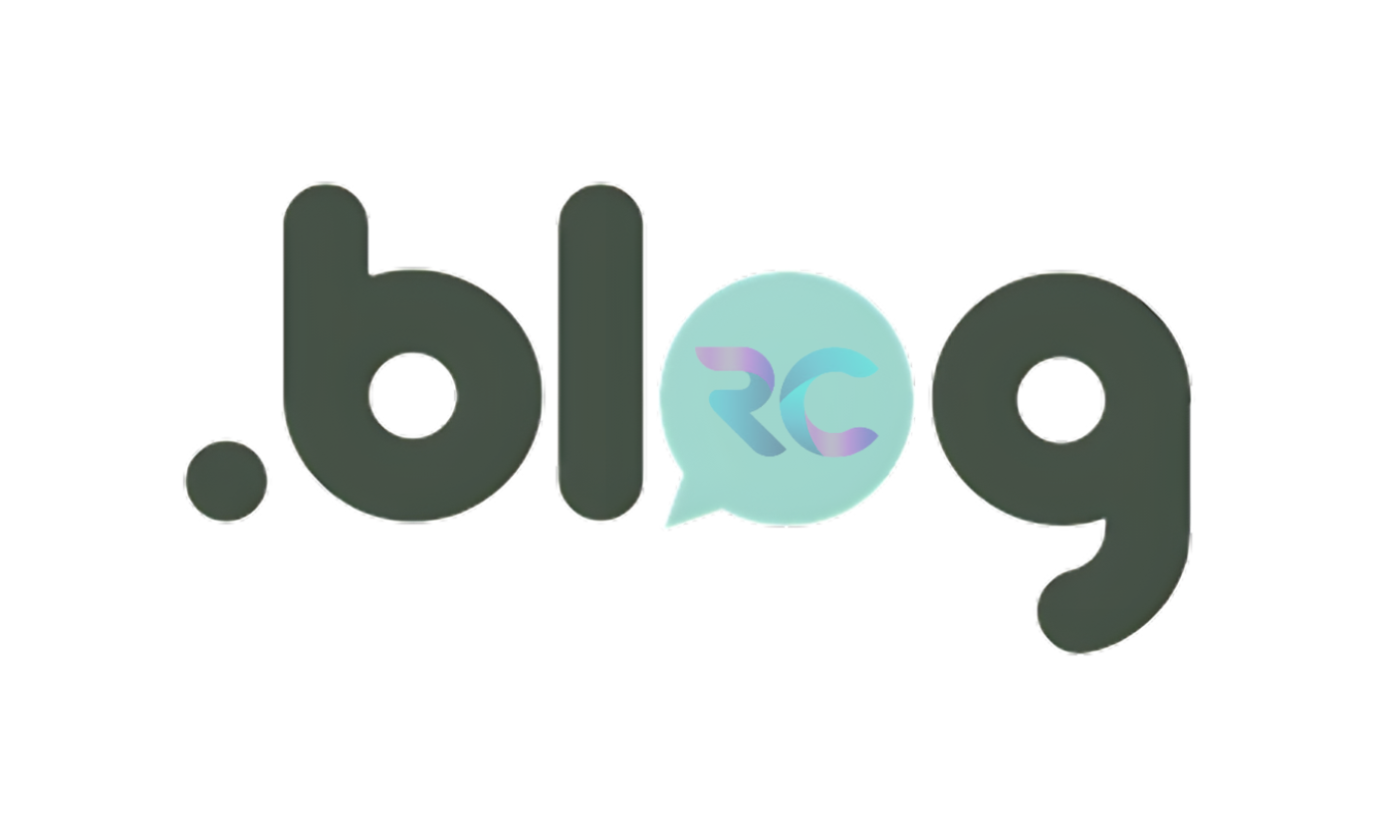Menus and Navigation Bars
Enhancing User Experience: The Role of Menus and Navigation Bars in Web Design In the dynamic landscape of web design, where user engagement reigns supreme, menus and navigation bars stand as stalwart guides, ushering visitors through the digital realm. These indispensable elements not only facilitate seamless navigation but also serve as potent action elements, directing users towards their desired destinations and encouraging interaction. In this article, we delve into the intricate world of menus and navigation bars, exploring their multifaceted roles and best practices in contemporary web design. The Fundamental Purpose: Navigation Made Effortless At its core, the primary function of menus and navigation bars is to streamline the browsing experience for users. By presenting a clear and intuitive structure, these elements empower visitors to traverse the website with ease, locating desired content or functionalities without undue friction. Whether it’s a sprawling e-commerce platform or a sleek portfolio website, effective navigation is the cornerstone of user satisfaction. Types of Menus: From Classic to Innovative Menus come in various forms, each tailored to suit the unique needs and aesthetics of different websites. Traditional dropdown menus offer a hierarchical structure, neatly organizing content into categories and subcategories. Meanwhile, mega menus provide expansive layouts, accommodating a wealth of options within a single dropdown panel. Mobile menus, optimized for smaller screens, employ collapsible designs to maintain accessibility on smartphones and tablets. Innovative approaches to menu design have also emerged, such as off-canvas menus that slide into view from the side, creating a seamless transition for mobile users. Hamburger menus, recognizable by their iconic three-line icon, conserve screen real estate by concealing navigation options until activated, a design choice popularized by mobile-first principles. Design Considerations: Striking a Balance Between Form and Function While aesthetics undoubtedly play a crucial role in menu design, prioritizing functionality is paramount. Cluttered menus overwhelm users, hindering their ability to locate desired content. Thus, designers must exercise restraint, opting for a minimalist approach that emphasizes clarity and coherence. Intuitive labeling, coupled with judicious use of visual cues such as icons or tooltips, enhances usability and fosters a more intuitive browsing experience. Additionally, responsiveness is non-negotiable in today’s multi-device landscape. Menus must adapt fluidly to varying screen sizes, ensuring seamless navigation across desktops, tablets, and smartphones. Embracing progressive enhancement techniques, designers can implement features like touch-friendly gestures and swipeable interfaces, catering to the diverse needs of modern audiences. Navigation Bars: A Gateway to Action Beyond navigation, navigation bars serve as potent catalysts for user engagement, channeling visitors towards key actions and conversions. Strategic placement of prominent calls-to-action (CTAs) within the navigation bar can drive desired behaviors, whether it’s prompting users to make a purchase, subscribe to a newsletter, or initiate contact with the business. By integrating action elements seamlessly into the navigation bar, designers harness its inherent visibility to maximize conversion opportunities and propel users along the desired user journey. Conclusion: Navigating Towards Success In the ever-evolving landscape of web design, menus and navigation bars stand as beacons of guidance, illuminating the path for users amidst the vast expanse of digital content. From facilitating effortless navigation to catalyzing user engagement, these elements play a pivotal role in shaping the user experience and driving business objectives. By embracing a user-centric approach and adhering to best practices in design, developers can leverage menus and navigation bars as powerful tools for creating immersive, intuitive, and impactful web experiences that resonate with audiences worldwide.
Menus and Navigation Bars Read More »










